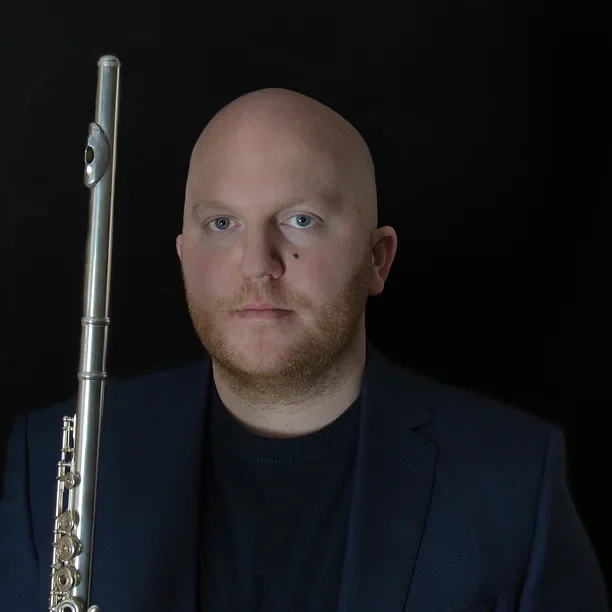Here are my practice tips for the tricky, yet wonderfully joyful Waltz (Valse) by Godard, from his Suite de Trois Morceaux.
Here’s a video of me demonstrating the exercises given below.
Waltz character
From the 1st bar, the character is exuberant and joyous. There are many examples of Waltzes in classical music. Some are more serene (Blue Danube Waltz by Strauss), or sad (Dvorak Slavonic Dance in E minor ). But this Waltz is celebratory and joyful, much like the Chopin Valse Brillante
All Waltzes share a common feature: they are all in 3/4, with a stressed first beat and release on beats 2 and 3. Think “Oom-pa-pa”. It is good to feel the music as “one in a bar” rather than 3, to give more flow. Then, one can think of a Waltz being in 4 (4 bars per phrase), with a sense of direction towards each 1 of 4.
In the Godard Valse, the beginning starts forte without any 3rd beat, giving the music more stridency and urgency.
A common mistake is to stress the 3rd beat top A in bar 7. Try to phrase towards the first beat top G and then first beat top A, but lighter on the 3rd beat. Think of the word “Elephant”. Here there are rests between the words, but it’s like the dotted rhythm which appears later.
This is hard to do on a top A, so practice it on lower notes first. You could do an A major scale.
Also, practice Moyse 24 LIttle Melodic Studies no.7, which is also in 3/4, has 4-bar phrases and dotted rhythms – a perfect study for playing Waltzes! In the variation, be careful to make sure the rhythm is precise and with good stress and release (“Elephant”).
Grace notes
Some strategies for approaching the grace note section at figure A.
If you say the words “Glue” or “Blue”, you notice there are two sounds very close to each other (G-lue). This is how I think of grace notes like this. We don’t want to have something like “Peru” – it’s too lazy/slow! So to achieve this snappiness, we have to coordinate the fingers quickly. I would practice small trills on each group:
Think of the grace notes leading to the main note. So, first practice the main notes without the tongue (“Ha-ha-ha”) and then add the tongue and I find I get the best clarity when the tongue is between the lips (like spitting out a watermelon pip).
Then add the grace notes back, but give yourself more time than written for the rests, so you have time to prepare and think for each one. Then gradually make the rests shorter until you can play accurately in time. To get the sense of phrasing towards the top G, practise it all slurred.
Soft attack
There is a change of character at letter B (bar 51). Here, we have a more gentle waltz accompaniment (Oom-pa-pa).
Notice how the melody starts on the 2nd bar. So, we should join the accompaniment with a nice soft attack on the Bb where the melody starts. Think “ah” (not “Dah”) and phrase towards the F three bars later.
Syncopation takes accent
Bar 83. Here we have some cheeky syncopations, which should have an almost breathless quality to them. Think of your exchange of air. Every time you blow out, the air can come straight back at you without force. (Out-in-out-in). Marcel Moyse said that “syncopation takes accent”, so enjoy the disruption of the metre whilst phrasing towards the long note. Think of the words “Take me to HERE!”
Bar 130. Another tricky spot is below, where one needs to bring out the bass notes. This requires good flexibility of the lower lip/jaw. Aim your airstream down for the low notes and lift for the higher notes, making sure the higher notes are softer. Again, phrase forwards towards the 4th bar. In the example below, one would phrase towards the B.
There are some tricky scale and arpeggio passages throughout the Waltz, but if you are regularly practising the daily exercises by Moyse and Taffanel & Gaubert, and/or any of the wonderful exercises by Paul Edmund-Davies, Trevor Wye, or Clare Southworth, you shouldn’t find them too difficult!
My favourite recording
William Bennett’s recording of the Godard Suite with the English Chamber Orchestra is one of the first recordings I bought and Wibb’s happy tone and beautiful playing is something I never get tired of! Enjoy!
Thanks for reading my blog and Happy Fluting!
These notes are from a class given by Fluting with Friends, who give classes twice a month for flute players of all ages and abilities. Special guests in previous classes have included Altus Flutes artist Lorna McGhee, Dr Gabriella Minnes Brandes (Alexander Technique) and Katy Wherry (Etude of the Week).


